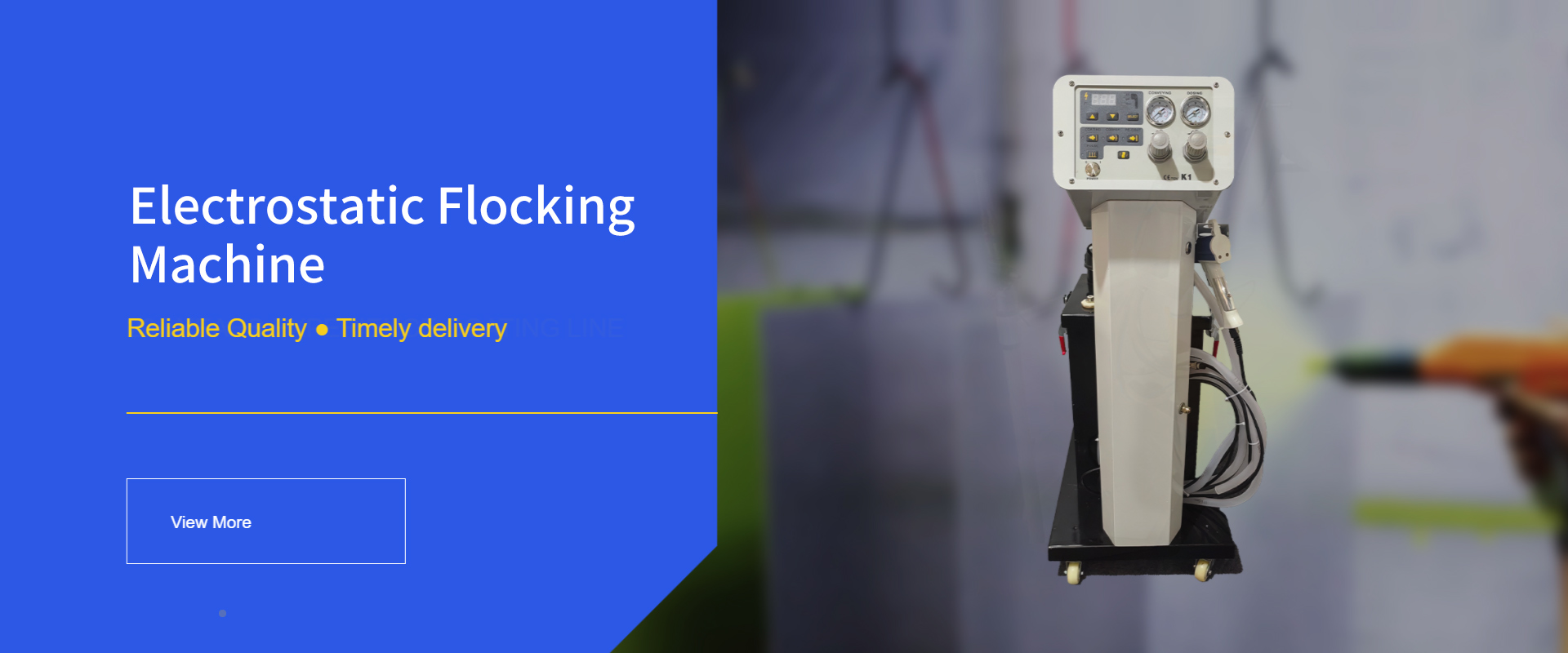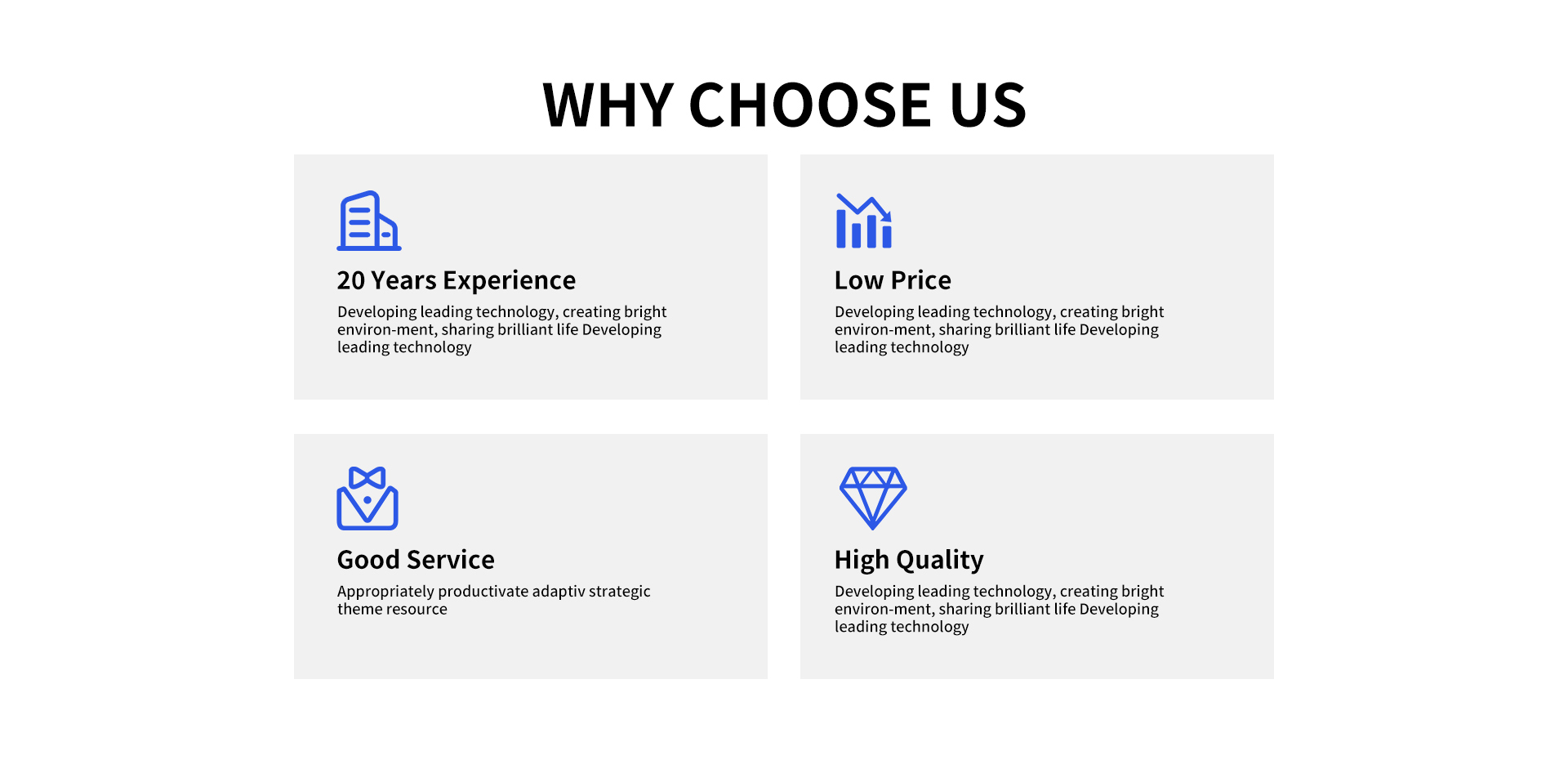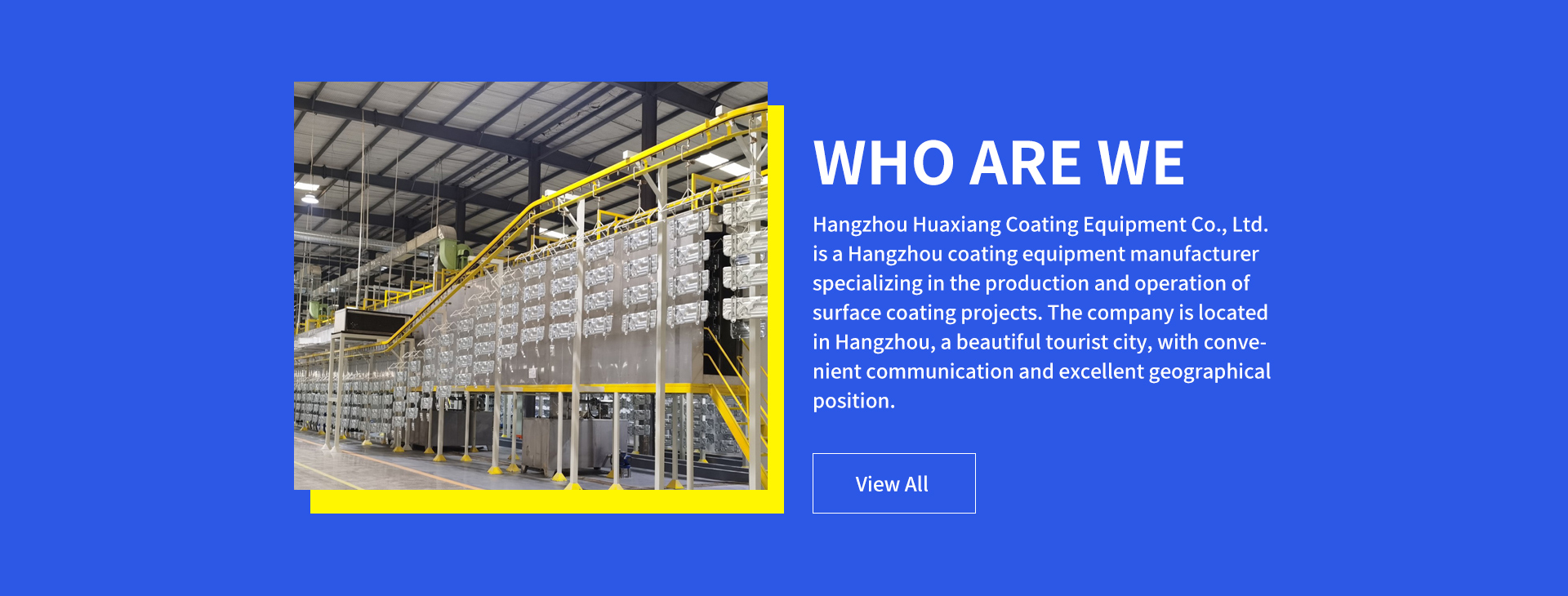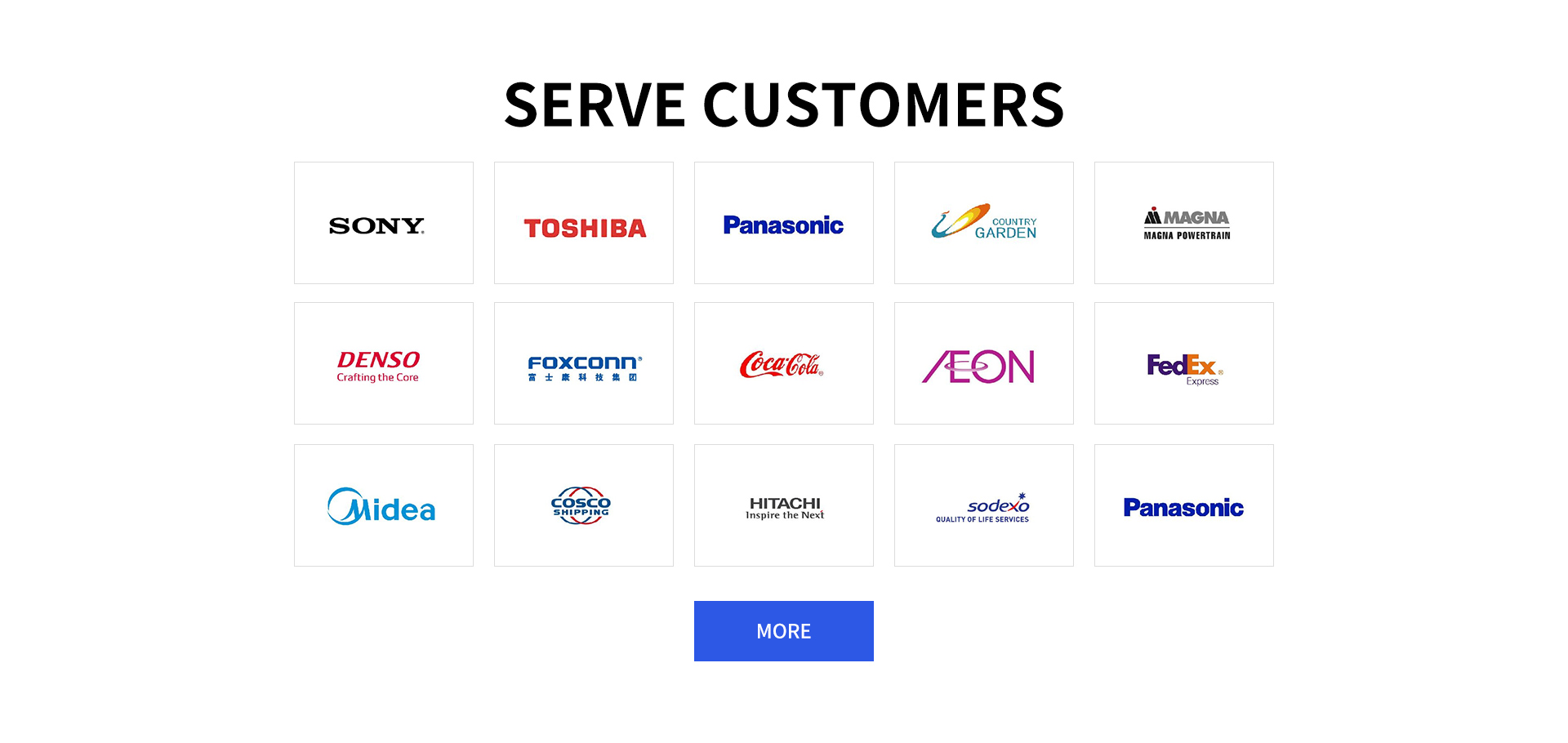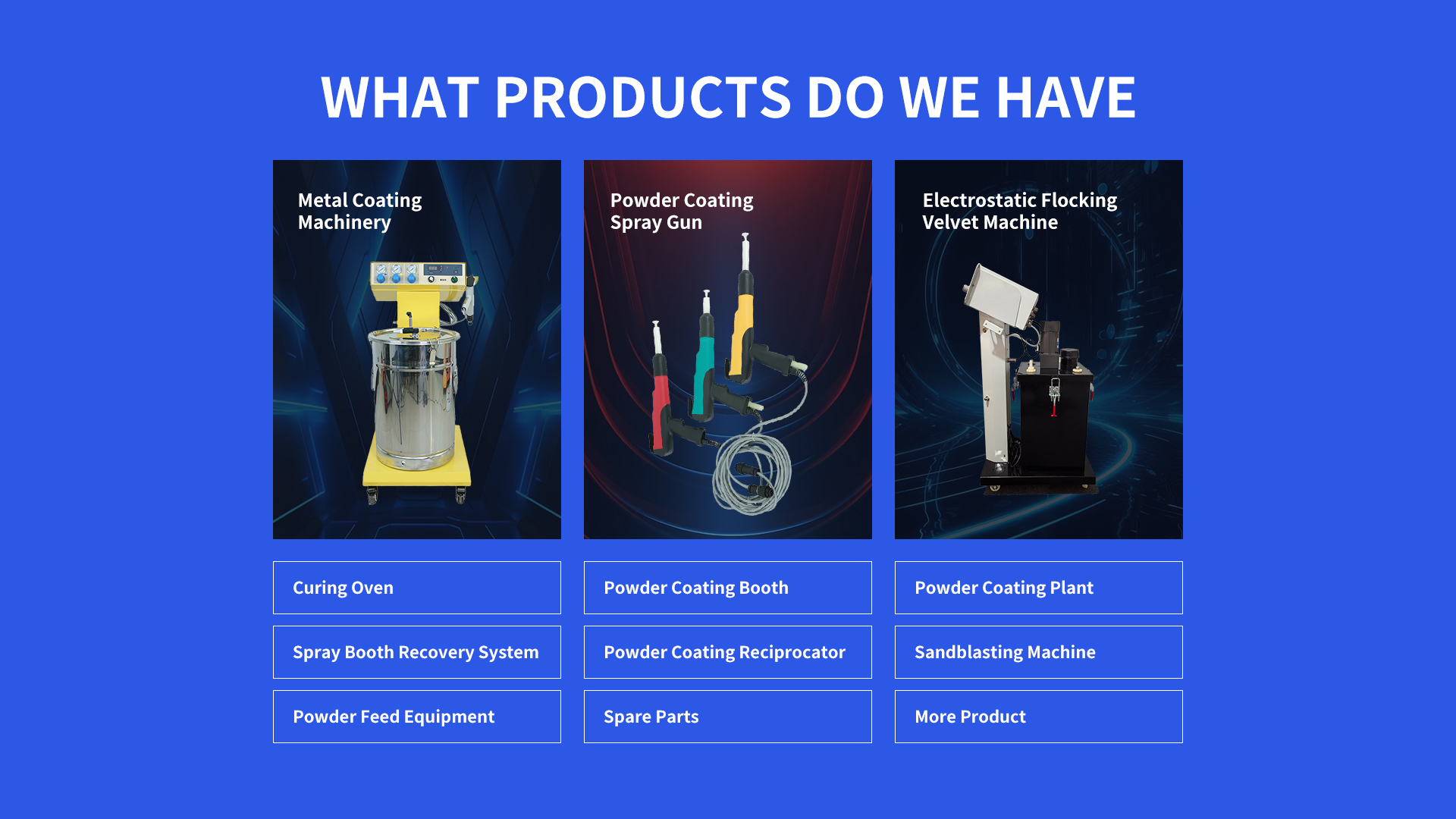Automatic Powder Coating Equipment is widely sought after in industries like metal fabrication, automotive parts manufacturing, and household appliance production, as it delivers consistent, durable coatings compared to manual methods. Market demand for this equipment grows as businesses prioritize efficiency and environmental compliance. Prices for Automatic Powder Coating Equipment vary by scale: small desktop units start around $5,000, mid-sized production lines range from $20,000 to $80,000, and large industrial systems exceed $150,000, depending on components like powder recovery rates and curing oven capacity.
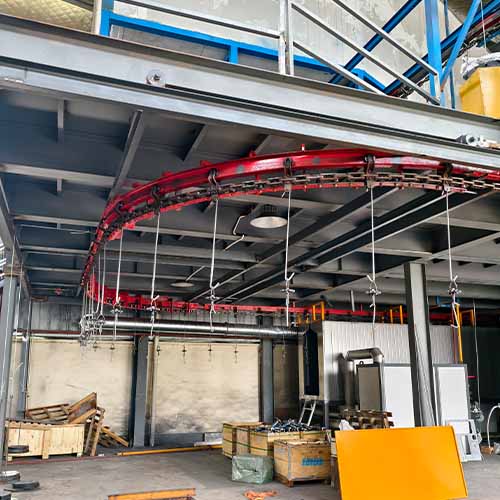
Automatic Powder Coating Equipment powers coating projects across diverse sectors, from coating aluminum extrusions for construction to finishing metal furniture frames. These projects typically follow a standardized workflow: pre-treatment of workpieces, automated powder application, curing, and quality inspection. For example, in automotive aftermarket projects,
Automatic Powder Coating Equipment coats alloy wheels with heat-resistant powders, ensuring the finish resists chipping and corrosion. Smaller projects, like coating garden tools, use compact
Automatic Powder Coating Equipment setups, while large-scale projects (such as coating steel structural parts) require integrated lines with conveyor systems to handle high volumes.
Automatic Powder Coating Equipment relies on advanced surface treatment technologies to ensure powder adhesion and coating durability. The process begins with pre-treatment: workpieces are cleaned to remove oil, rust, and debris using alkaline cleaners or solvent-based solutions—many
Automatic Powder Coating Equipment systems include automated spray washers for this step. Next, a conversion coating (like zinc phosphate) is applied to create a bonding layer; some
Automatic Powder Coating Equipment integrates chemical dip tanks or spray booths for this phase. After pre-treatment, the workpiece is dried to eliminate moisture, a step often handled by inline dryers attached to
Automatic Powder Coating Equipment. The final surface treatment step before powder application is static elimination, which prevents dust buildup and ensures uniform powder distribution—high-end
Automatic Powder Coating Equipment uses ionizing blowers for this purpose.
Automatic Powder Coating Equipment is a set of integrated machines designed to automate the process of applying dry powder coatings to metal and non-metal workpieces. Unlike manual powder coating, which relies on hand-held guns and manual curing,
Automatic Powder Coating Equipment streamlines every stage: it automatically feeds powder to spray guns, controls spray pressure and pattern, moves workpieces through curing ovens, and recovers unused powder. This equipment uses electrostatic technology—powder particles are charged as they exit the gun, adhering to grounded workpieces for even coverage.
Automatic Powder Coating Equipment comes in various configurations, from benchtop units for small batches to fully automated lines with robotic arms for precision coating, making it suitable for both small workshops and large manufacturing facilities.
Automatic Powder Coating Equipment consists of three core components, each playing a critical role in the coating process:
Electrostatic Spray Gun System: This component is responsible for applying powder to workpieces. It includes automated guns (mounted on rails or robotic arms), a powder feeder that delivers dry powder to the guns, and a control panel to adjust voltage, powder flow rate, and spray distance. High-quality Automatic Powder Coating Equipment uses dual-charge guns to ensure powder adheres to complex shapes, reducing waste and improving coating uniformity.
Powder Recovery System: This component collects unused powder for reuse, cutting material costs and minimizing waste. Common types in Automatic Powder Coating Equipment include cyclone separators (which separate powder from air using centrifugal force) and cartridge filters (which trap fine powder particles). Some advanced Automatic Powder Coating Equipment integrates closed-loop recovery systems, which return recovered powder directly to the feeder, eliminating the need for manual handling.
Curing Oven: This component heats coated workpieces to melt and harden the powder, forming a durable finish. Automatic Powder Coating Equipment ovens use either electric, gas, or infrared heating elements, with temperature controls (ranging from 160°C to 220°C) tailored to different powder types. Many Automatic Powder Coating Equipment ovens include conveyor belts to move workpieces through the heating zone at a consistent speed, ensuring uniform curing across all parts.
Automatic Powder Coating Equipment offers distinct advantages over manual coating and liquid painting methods. First, it boosts efficiency: Automatic Powder Coating Equipment can handle up to 50% more workpieces per hour than manual setups, as it eliminates downtime from manual gun reloading and workpiece repositioning. Second, it improves coating quality: the automated spray and static charging in Automatic Powder Coating Equipment ensure even coverage, reducing defects like drips, runs, or thin spots common in manual work. Third, it is more environmentally friendly: Automatic Powder Coating Equipment recovers up to 98% of unused powder, reducing waste, and it does not require solvent-based primers or thinners, lowering volatile organic compound (VOC) emissions. Fourth, it cuts long-term costs: the durability of coatings from Automatic Powder Coating Equipment reduces the need for re-coating, and the powder recovery system lowers material expenses over time.
Choosing the right Automatic Powder Coating Equipment for small-scale workshops starts with assessing workpiece size and volume. For workshops handling small parts (like hardware or tool components) and batches of 50-100 pieces per day, a compact benchtop Automatic Powder Coating Equipment unit is ideal—look for models with a built-in curing oven (capacity 1-2 cubic feet) and a manual electrostatic gun (with adjustable voltage) to balance cost and functionality. Next, consider powder recovery: small workshops should prioritize Automatic Powder Coating Equipment with a basic cyclone recovery system (recovery rate 85-90%) to reduce material waste without adding excessive space. Also, check power requirements: ensure the equipment operates on standard 110V or 220V power (common in small workshops) to avoid costly electrical upgrades. Finally, verify after-sales support: choose Automatic Powder Coating Equipment brands that offer local service for parts and maintenance, as small workshops may not have in-house technical teams. Avoid oversized industrial Automatic Powder Coating Equipment for small-scale work, as it will take up unnecessary space and increase energy costs.
Setting up Automatic Powder Coating Equipment for first-time use requires careful preparation to ensure safety and performance. Start with space planning: position the Automatic Powder Coating Equipment in a well-ventilated area (with at least 3 feet of clearance around the spray booth and curing oven) to prevent powder buildup and ensure proper air flow. Next, assemble components: connect the electrostatic spray gun to the powder feeder using the manufacturer’s hoses, attach the powder recovery system to the spray booth (ensuring tight seals to avoid powder leaks), and plug the curing oven into a dedicated electrical outlet (to prevent voltage drops). Then, calibrate settings: use the control panel on the Automatic Powder Coating Equipment to set the spray gun voltage (typically 50-80 kV for most powders), powder flow rate (10-20 grams per minute for small parts), and curing oven temperature (follow the powder manufacturer’s recommendations—usually 180°C for 15-20 minutes). Test with a sample workpiece: coat a scrap metal piece to check for even coverage; adjust the gun distance (6-10 inches from the workpiece) or flow rate if there are thin spots or over-spray. Finally, review safety protocols: ensure the Automatic Powder Coating Equipment is grounded (to prevent static shocks) and that operators wear protective gear (gloves, goggles, and a respirator) before starting production.
Maintaining Automatic Powder Coating Equipment regularly is key to extending its lifespan (which can reach 10-15 years with proper care). Start with daily maintenance: after each use, clean the electrostatic spray gun of the Automatic Powder Coating Equipment—disassemble the gun tip, soak it in a powder cleaning solution (avoid harsh solvents that damage seals), and wipe down the hose to remove powder residue. Empty and clean the powder feeder hopper to prevent powder clumping (which causes uneven spray). For the powder recovery system, check the cyclone separator or cartridge filter daily—tap filters to remove trapped powder, and replace filters when they show signs of clogging (e.g., reduced airflow). Weekly maintenance includes inspecting the curing oven of the Automatic Powder Coating Equipment: wipe down the interior with a dry cloth to remove powder buildup (which can cause hot spots), check the conveyor belt tension (if applicable), and verify temperature accuracy with a separate thermometer. Monthly maintenance involves lubricating moving parts: apply silicone-based lubricant to the spray gun rails (for automated systems) and the conveyor chain of the Automatic Powder Coating Equipment to prevent rust and friction. Annual maintenance should include a professional inspection: have a technician check the electrical components (wiring, control panel) of the Automatic Powder Coating Equipment for wear, test the powder recovery rate, and replace worn parts (like gun seals or oven heating elements) to avoid unexpected breakdowns.
Troubleshooting common issues with Automatic Powder Coating Equipment helps minimize downtime and maintain coating quality. One frequent issue is uneven powder coverage: if workpieces have thin spots, check the electrostatic spray gun of the Automatic Powder Coating Equipment—ensure the gun tip is clean (clogged tips reduce flow) and adjust the voltage (lower voltage may cause poor adhesion on complex shapes). If powder builds up in one area, verify the workpiece grounding (ungrounded parts cause uneven charging) and reposition the gun (too close to the workpiece can cause over-spray). Another common issue is powder not curing properly: if the coating remains soft, check the curing oven of the Automatic Powder Coating Equipment—confirm the temperature matches the powder’s requirements (use a calibrated thermometer) and ensure the conveyor speed is correct (slower speeds may be needed for thicker coatings). If the coating peels, inspect the pre-treatment step: ensure workpieces are fully cleaned (oil or rust prevents adhesion) and that the conversion coating is applied evenly—some Automatic Powder Coating Equipment may require adjusting the pre-treatment chemical concentration. A third issue is powder recovery system failure: if unused powder is not collected, check the cyclone separator or filter—replace clogged filters and ensure the fan is working (weak airflow reduces recovery). For persistent issues, refer to the Automatic Powder Coating Equipment manufacturer’s troubleshooting guide or contact technical support.
Ensuring safety when operating Automatic Powder Coating Equipment protects operators and prevents workplace hazards. First, use proper personal protective equipment (PPE): operators should wear nitrile gloves (to avoid powder absorption through skin), safety goggles (to protect eyes from powder particles), and a NIOSH-approved respirator (to prevent inhaling fine powder). Avoid loose clothing or jewelry, which can get caught in moving parts of the Automatic Powder Coating Equipment (like conveyor belts or gun rails). Second, manage static electricity: Automatic Powder Coating Equipment uses high voltage, so ensure all components (spray booth, feeder, oven) are properly grounded—test ground connections monthly with a multimeter to avoid static shocks or fires. Keep flammable materials (like solvent-based cleaners) at least 10 feet away from the Automatic Powder Coating Equipment, as powder dust is combustible in high concentrations. Third, follow curing oven safety: never leave the oven unattended while in use, and ensure the oven’s ventilation system is working (to remove fumes from curing powder). Do not overload the oven—follow the Automatic Powder Coating Equipment manufacturer’s guidelines for maximum workpiece weight and volume to prevent overheating. Fourth, train operators: all staff using Automatic Powder Coating Equipment should complete training on setup, operation, and emergency procedures (like stopping the system in case of a powder leak or electrical issue). Post safety guidelines near the equipment, including emergency stop button locations and contact information for maintenance. Finally, conduct regular safety checks: inspect the Automatic Powder Coating Equipment for damaged wires, loose parts, or leaky hoses weekly, and address issues immediately to avoid accidents.
Statement: Hangzhou Huaxiang Coating Equipment Co., Ltd Chinese Powder Coating Equipment facturers provide you with customized equipment for various types of Powder Coating Lines, Powder Coating Ovens, Powder Coating Booths,Powder Coating Guns, etc. For inquiries! Contact us at
Email: gezx@cncolourspray.com
WhatsApp: +86 13335812068

